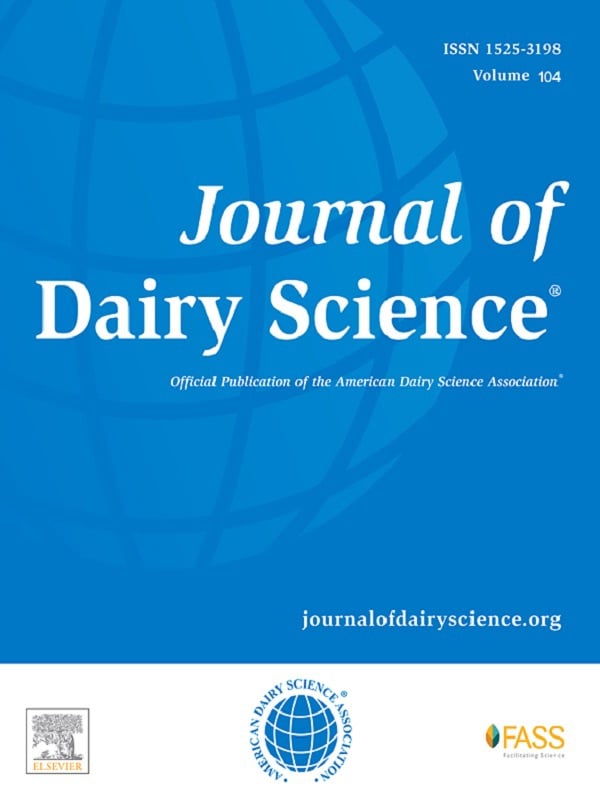
Çiftlik Hakkında
Trouw Nutrition, 25 yılı aşkın bir süredir Kempenshof çiftliğine sahip olan Van Kempen ailesinin kayıtlı ortağıdır. Çiftlik 135 süt ineği ve 75 buzağı için alana sahiptir ve 30 hektar çim ve 12 hektar mısır ile çevrilidir. Kempenshof'ta, LifeStart felsefemizi destekleyecek kanıtlar sağlamak için doğumdan son laktasyona kadar buzağıların gelişimini takip ediyoruz. LifeStart'a göre, bir buzağının yaşamının ilk iki ila üç ayının, hayvanın bir süt ineği olarak tüm yaşamı boyunca üretkenliği ve uzun ömürlülüğü üzerinde büyük bir etkisi olduğuna inanıyoruz ve bu nedenle, yavru hayvanların buzağılarda dikkatle izlenmesinin öneminin altını çiziyoruz.


En son teknoloji ile donatılmış bir çiftlik
Kempenshof'taki buzağılar, her ikisi de bireysel sağlık ve performansı yakından izlemeyi ve gerekirse buna göre ayarlamayı mümkün kılan bireysel iglolarda ve bir grup barınma ünitesinde barındırılır. Ana ahırda, yem alımını ayrı ayrı ölçmek için yem ve karma yemlikler ile 135 süt ineği için yer vardır. Otomatik vücut kondisyon puanlaması ve bireysel tartım yapmamızı sağlayan 6x2 sağımhane bulunmaktadır. Çiftlikte ayrıca doğum sürecini yakından takip etmemizi sağlayan 7/24 video gözetimli büyük bir buzağılama ağıl bulunuyor. Metabolizma ünitesi, hayvan sağlığını ve performansını iyileştirmek amacıyla araştırma amaçları ve ineklerin metabolizmasının derinlemesine izlenmesi için gereklidir. Bireysel inekler daha uzun süre yoğun bir şekilde çalışılabilir, bu da süt inekleri üzerine araştırmalar için oldukça benzersiz ve değerlidir. Numune hazırlama ve saklama için küçük bir laboratuvar da bulunmaktadır.

